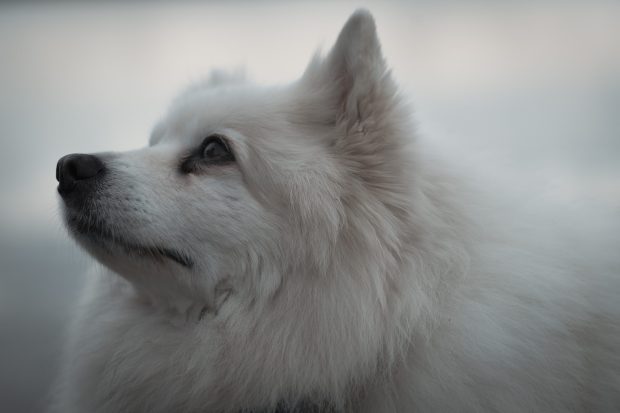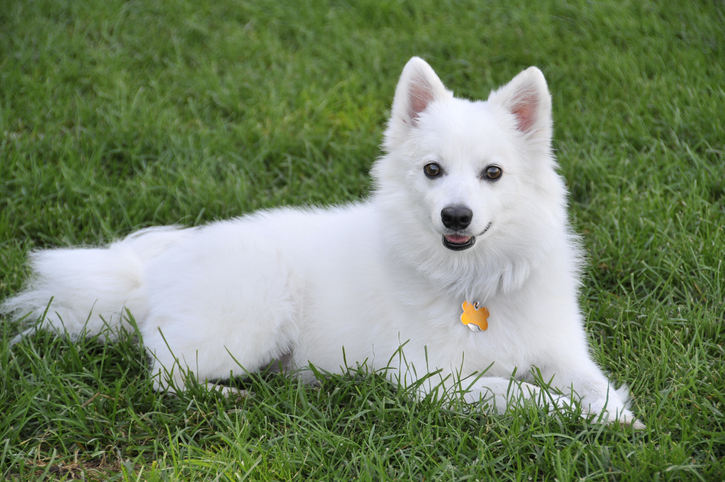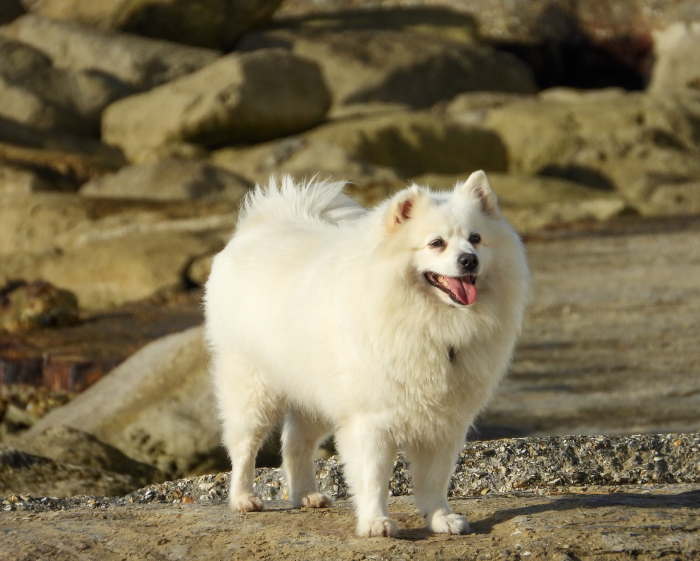
“You be the Judge” was
This post isn’t about that.
“You be the Judge” is also a marvelous series of six spiral bound books written by the dog show judge, Robert Cole, in which he presents to the the reader several detailed line drawings of a breed, each representation a dog with different faults and attributes. The reader, acting as the judge, is to make his or her placements, not an easy task because the drawings are seductively similar to each other – unless one is well familiar with the breed standard. The books (still available on-line) illustrate that evaluating a dog in the ring (in two minutes, no less) is harder than it looks when there is no glaring fault (say, having the muzzle of a Pug when the breed being judge is a Whippet), and each dog brings something to the table. Cole ultimately goes over the faults and attributes of the illustrated dogs to help the reader gain perspective on some of the important elements of judging that breed. One example, for instance, mentions that in “Dog A,” the “shark-like shaped muzzle lacks chin.” While Cole is quick to point out that the books are not a complete analysis of the breed’s standard or of the judging points, they are superb educational material. If you own a Siberian Husky, Italian Greyhound, Doberman Pinscher, Collie, West Highland White Terrier, or Whippet, you might want to seek these books out (try here first).
This post is closer to Cole’s vision in that we’re presenting a similar, but strictly verbal scenario, and you (as the pretend-judge) must make a decision based on what you know which, for our purposes, is limited because this isn’t your breed. Unless it is, and then you’ll groan at our oversimplification. Bear with us.
Our version is fairly simple because it focuse on a highly obvious aspect of a breed, it’s color. The photos below are not show pictures, nor are they of show dogs, but play along, anyway.
In our pretend show ring, you are judging a class for the American Eskimo Dog, and you have two entries. Though you might be a novice at evaluating this breed, you know that at a minimum, the breed standard indicates that pure white is the preferred color as seen in the dog below:

American Eskimo Dog by blendshapes/iStock photo
After you’ve gotten your hands on the other dog, you feel he is put together a bit better. That dog, however, looks more like the one below:

Photo by Nick Fewings/jannerboy62 via Unsplash
What do you do when the Eskie you prefer has biscuit colored ears?
We hope you refer to the breed standard to double-check allowable colors in the breed. The AKC not only allows this, but most exhibitors would likely encourage it, particularly the owner of the dog with the biscuit colored ears.
Why?
Because referring back to the breed standard would remind you that while “pure white is the preferred color,”….”white with biscuit cream is permissible. Furthermore, the “presence of biscuit cream should not outweigh consideration of type, structure, or temperament.”
Biscuit cream. Sounds delicious, doesn’t it?
The Eksie is a member of the spitz family, and interestingly, white was not always a recognized color in the various German Spitz breeds. It did, however, come to be the preferred color in the US. The American Eskimo Dog Club of America points out that Spitz are also found in black, chocolate and red, but as to why the white variety became the most popular color in the US is unclear. In the current AKC breed standard, any color other than white or biscuit cream as a disqualification.
As an aside, coat color in the American Eskimo Dog (as in all dogs) is influenced by melanocytes, the pigment-producing cells that create the dark pigment melanin, and that results in black, brown, or yellow fur. Genes, of course, control the distribution and concentration of melanin. Some coat colors are linked to dominant gene variants, which means only one copy of the gene is needed for that color to appear (recessive variants require two copies to display). A brilliant white color is linked to the dominant Ay alleles of the ASIP gene, while biscuit or cream Eskies also carry Ay, but with additional genetic factors that dilute the coat to pale yellow or beige.
** As for our post title, being “green” refers to inexperience. It’s challenging to judge a breed if one isn’t well versed in the breed standard.
Top photo of his American Eskimo Dog by Nick Fewings, author of Team Lead Succeed, via Unsplash
